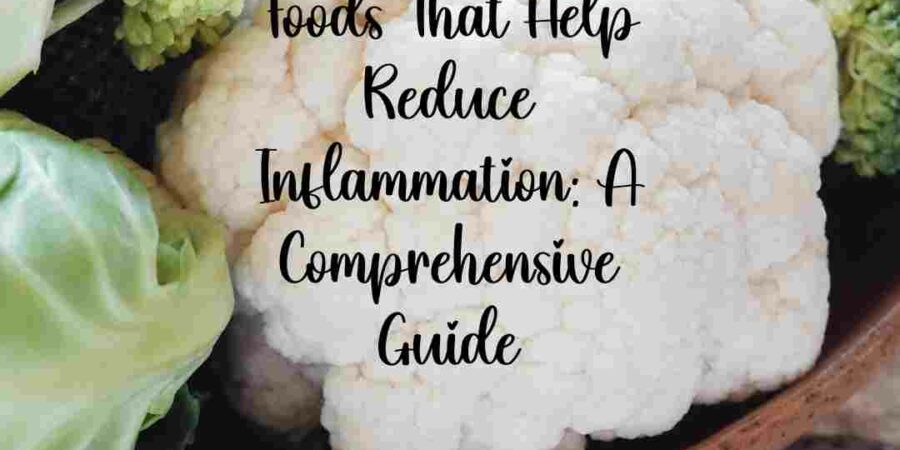Get your free Gentle Flow Yoga class
I walked off the back porch and my flip-flop slipped on the water. I thought this was it. I’m going down. But I didn’t. My core strength kept me from falling.
My Gentle Flow Yoga class is the fullest class at my studio … and what saved me from falling. My class is designed to:
Gently strengthen your core for added balance.
Focus on joint pain and mobility, especially in the hips.
Enjoy more flexibility and strength.
Simply complete the form below and my beginner sequence for my very popular Gentle Flow Yoga class on video will be emailed to you. You will also receive emails with other tips to help you stay strong and healthy after 50 including yoga, fitness, nutrition, and more.
Let me know how you feel after you take your first class.
Namaste,
Denise
p.s. I do private online classes. Message me for details.

